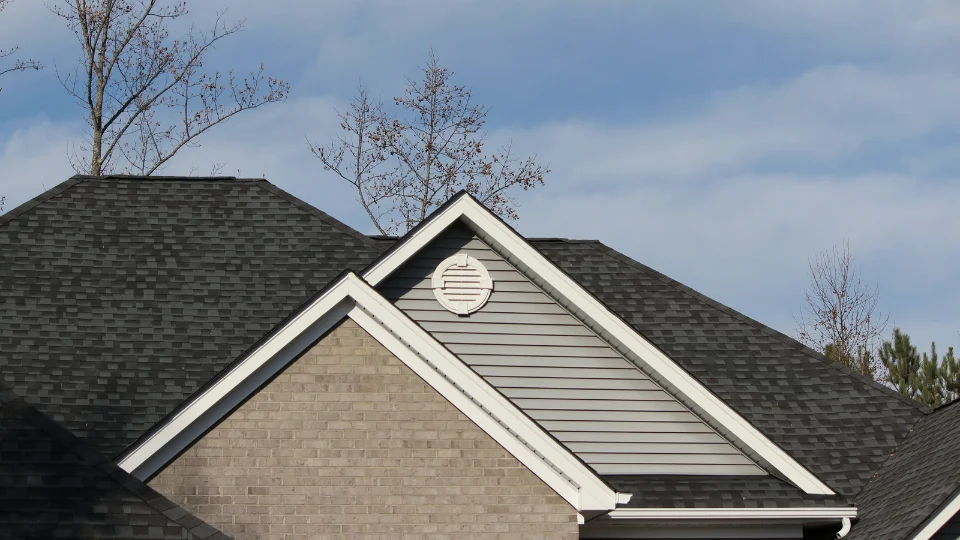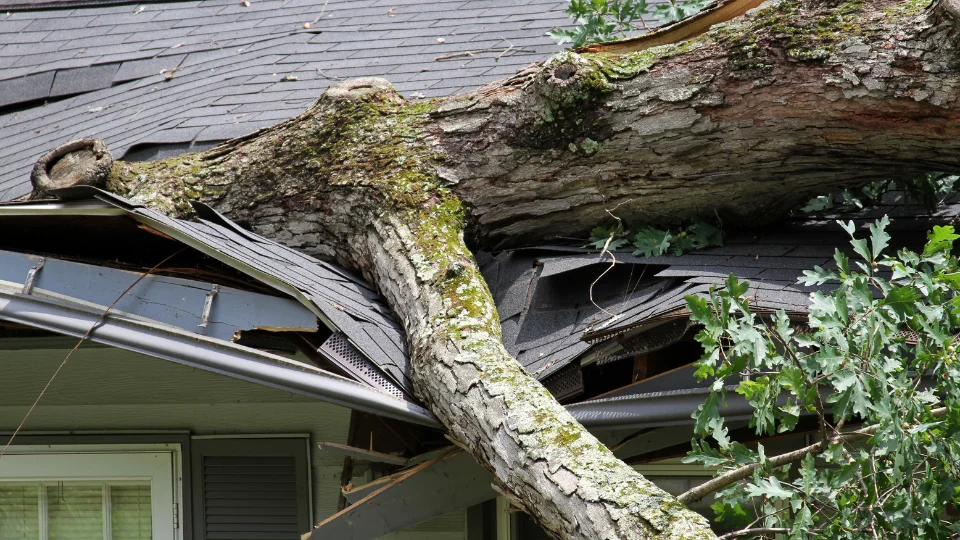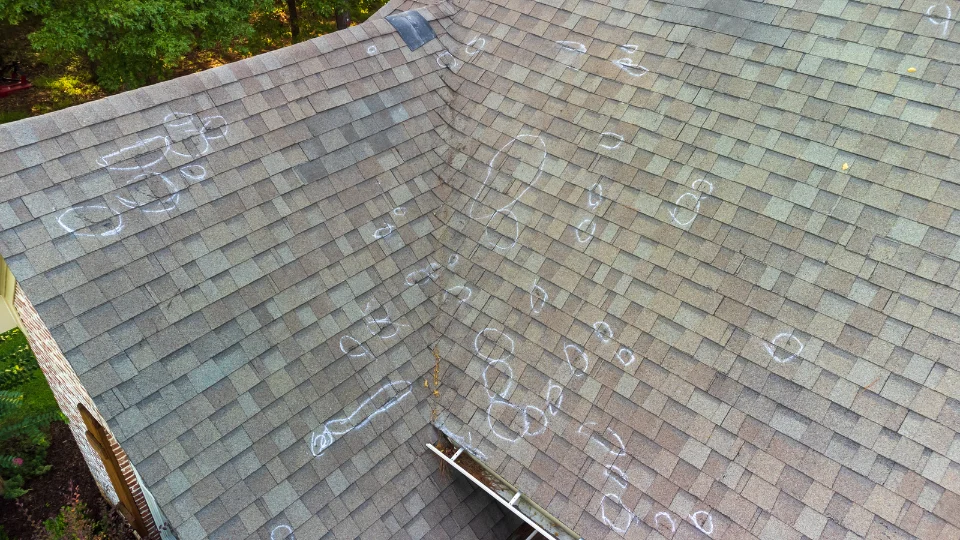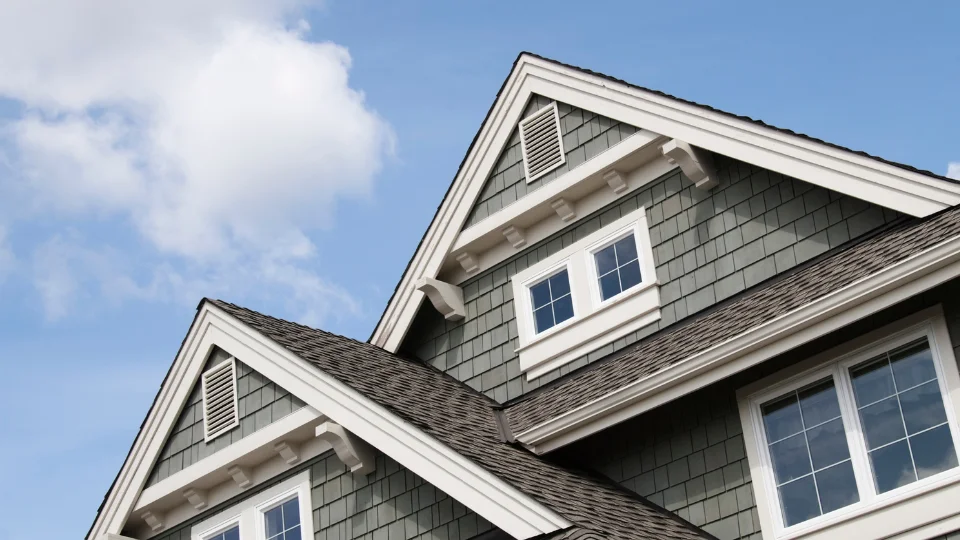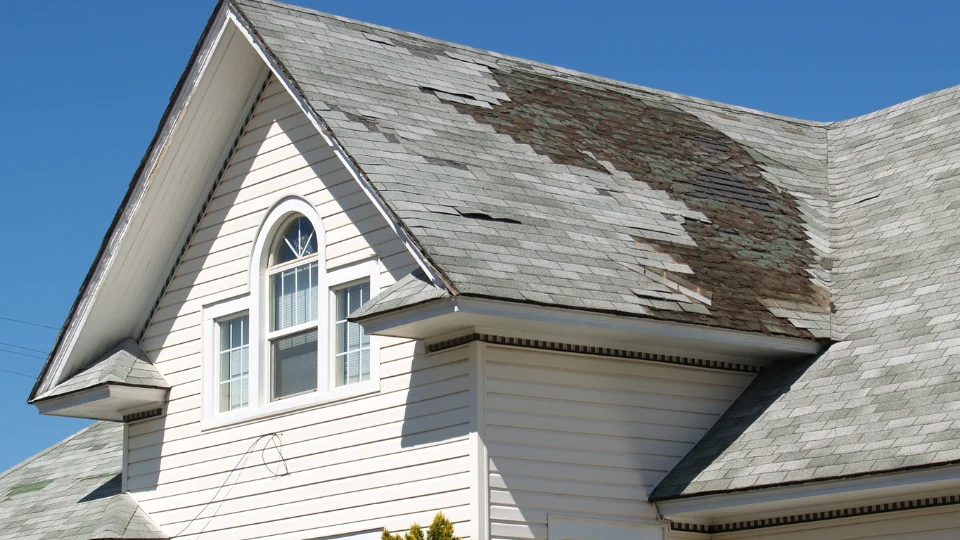Roof leaks can be a homeowner’s worst nightmare, leading to costly repairs and potential damage to your home’s interior. If you’re dealing with a roof leak, you might be wondering: Does home insurance cover roof leaks? The answer isn’t always straightforward, but we’re here to break it down for you.
In this blog, we’ll explore what factors determine insurance coverage, common scenarios for roof leak claims, and how to protect yourself from future issues. Keep reading to learn everything you need to know!Contact Us
Does Home Insurance Cover Roof Leaks?
The short answer is: It depends. Home insurance policies typically cover roof leaks if they are caused by a sudden or accidental event, such as a storm or a fallen tree. However, if the leak results from poor maintenance, wear and tear, or neglect, your insurer is unlikely to pay for repairs.
Understanding the specifics of your insurance policy is crucial to knowing whether your roof leak is covered.
Factors That Determine Coverage
Insurance companies consider several factors when deciding whether to approve a roof leak claim. Let’s take a closer look:
1. Cause of the Roof Leak
The cause of the leak plays a significant role in determining coverage. Most standard home insurance policies cover “perils” such as:
- Storms
- Hail
- Wind
- Fallen trees or debris
- Fire
However, leaks caused by long-term neglect, lack of maintenance, or general aging of the roof are usually not covered.
2. Age of the Roof
Older roofs may not be fully covered by your insurance policy, even if the damage is caused by a covered peril. Some insurers prorate the payout for older roofs, meaning you’ll receive less money based on the age and condition of the roof at the time of damage.
3. Policy Terms and Exclusions
Every insurance policy has specific terms, conditions, and exclusions. For example, some policies explicitly exclude damage caused by floods or earthquakes unless you purchase additional coverage. Review your policy to understand what is and isn’t covered.
Common Scenarios for Roof Leak Insurance Claims
Roof leaks can occur in various ways. Here are some common scenarios and whether they’re typically covered by home insurance:
1. Storm Damage
If a severe storm causes shingles to blow off or creates a hole in your roof, resulting in a leak, this is usually covered by home insurance. Storm-related damage is considered a sudden and accidental event.
2. Hail Damage
Hail can cause significant damage to shingles, leading to leaks. Most policies cover hail damage, but you’ll need to file a claim promptly and provide evidence of the damage.
3. Fallen Tree or Debris
If a tree falls on your roof during a storm and creates a leak, this is generally covered. Your insurance policy may also cover the cost of removing the tree or debris from your property.
4. Ice Dams
Ice dams form when melting snow refreezes at the edge of your roof, causing water to back up and leak into your home. Some insurance policies cover this type of damage, but others may require you to demonstrate that the problem wasn’t caused by neglect or poor maintenance.
5. Wear and Tear
Leaks caused by aging materials, poor installation, or lack of maintenance are typically not covered by home insurance. Regular inspections and upkeep are essential to preventing these issues.
Steps to Take if You Have a Roof Leak
If you discover a roof leak, taking the right steps can make all the difference in resolving the issue and securing insurance coverage. Here’s what to do:
1. Document the Damage
Take photos and videos of the leak, as well as any visible damage to your roof or home interior. This documentation will be crucial when filing an insurance claim.
2. Prevent Further Damage
Use tarps or buckets to contain water and prevent additional damage to your home. Insurers expect homeowners to take reasonable steps to mitigate further losses.
3. Contact Your Insurance Provider
Report the leak to your insurance company as soon as possible. Provide them with the documentation and be prepared to answer questions about the cause of the leak.
4. Schedule a Professional Inspection
Hire a roofing contractor to assess the damage and provide an estimate for repairs. A professional inspection can help support your insurance claim and ensure all damage is identified.
5. File a Claim
Follow your insurer’s process for filing a claim. This typically involves submitting documentation, completing forms, and working with an adjuster to assess the damage.
How to Prevent Roof Leaks
Prevention is always better than cure. Here are some tips to keep your roof in good condition and reduce the risk of leaks:
1. Regular Inspections
Schedule roof inspections at least twice a year—once in the spring and once in the fall. A professional roofer can identify and address potential issues before they become major problems.
2. Maintain Gutters
Clogged gutters can cause water to back up onto your roof, leading to leaks. Clean your gutters regularly to ensure proper drainage.
3. Trim Overhanging Branches
Tree branches that hang over your roof can drop debris or break off during storms, causing damage. Trim these branches to protect your roof.
4. Repair Damage Promptly
Address any signs of damage, such as missing shingles or cracked flashing, as soon as possible to prevent leaks.
What to Do if Your Insurance Claim is Denied
If your insurance company denies your roof leak claim, don’t panic. Here’s what you can do:Contact Us
- Ask for an Explanation: Request a detailed explanation of why your claim was denied. This will help you determine if there’s a misunderstanding or missing documentation.
- Provide Additional Evidence: If you have more photos, contractor reports, or other documentation, submit them to your insurer for reconsideration.
- Hire a Public Adjuster: A public adjuster can help you navigate the claims process and advocate on your behalf.
- Appeal the Decision: Many insurance companies allow you to appeal denied claims. Follow the appeal process outlined in your policy.
Conclusion: Protect Your Home and Your Wallet
Whether home insurance covers roof leaks depends on the cause of the damage, the age of your roof, and the terms of your policy. While sudden and accidental events like storms and hail are typically covered, issues caused by neglect or wear and tear are not.
To avoid costly surprises, take steps to maintain your roof, document any damage, and understand your insurance coverage.
If you’re dealing with a roof leak or need help navigating the insurance process, contact Landmark Roofing today. Our team of experienced professionals can inspect your roof, make necessary repairs, and guide you through your insurance claim. Don’t let roof leaks drain your wallet—reach out now to schedule a consultation!

